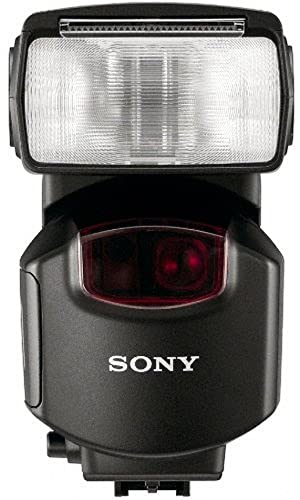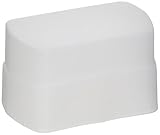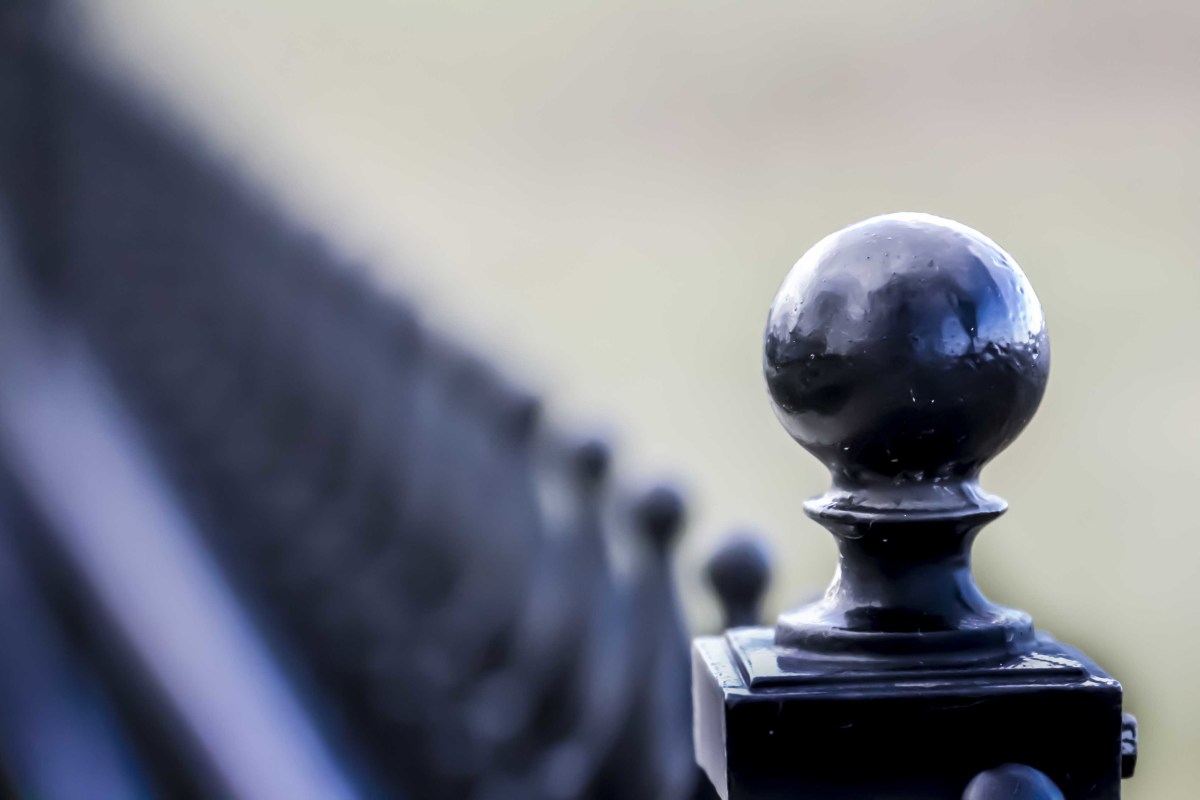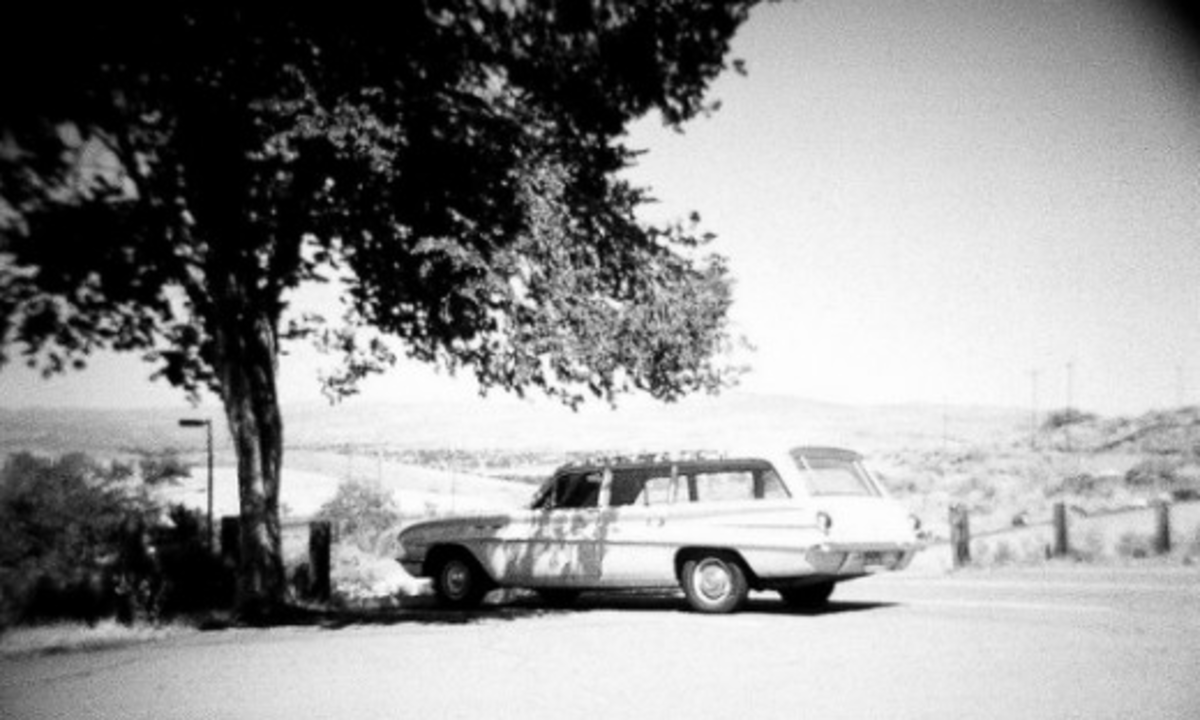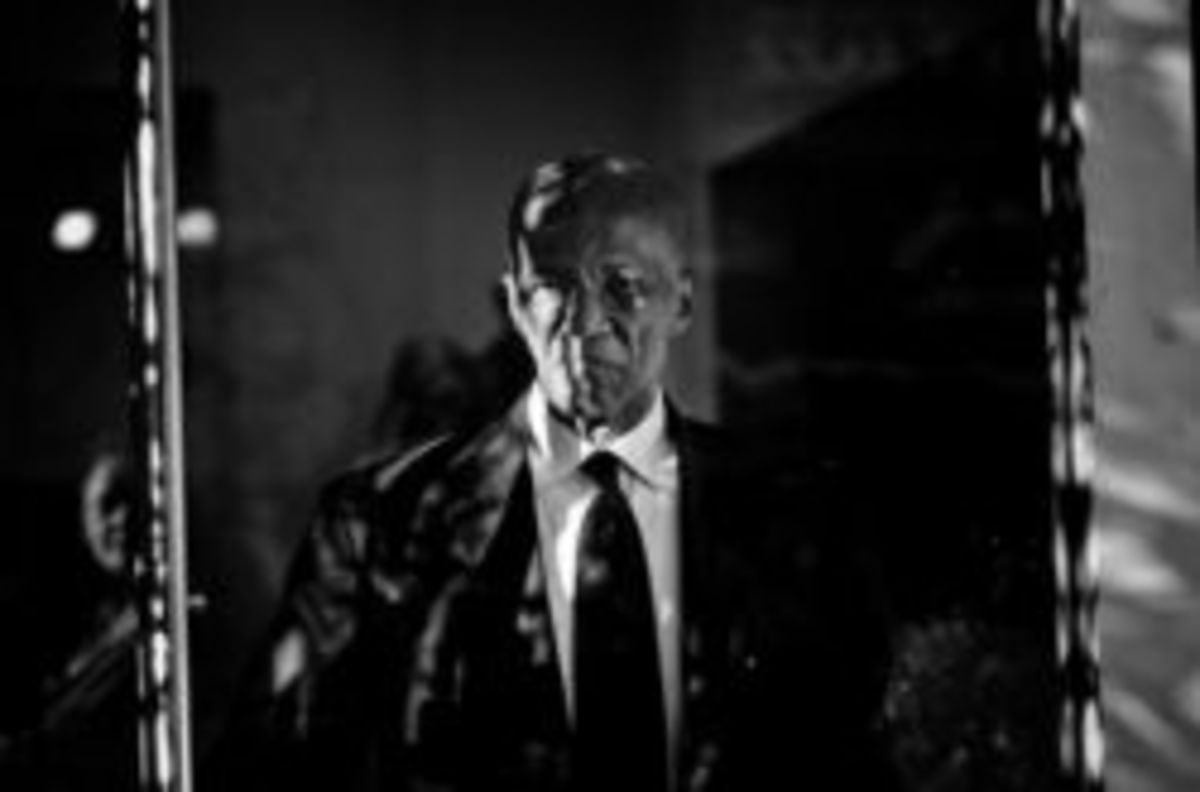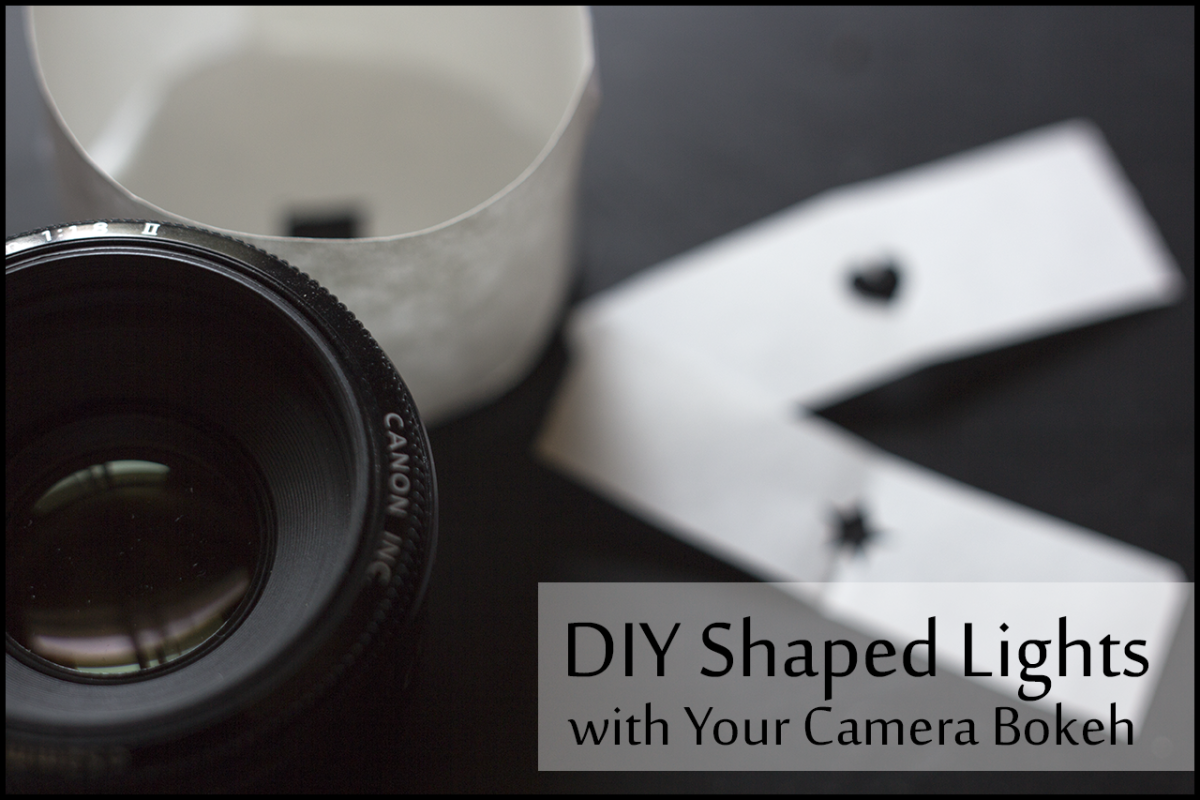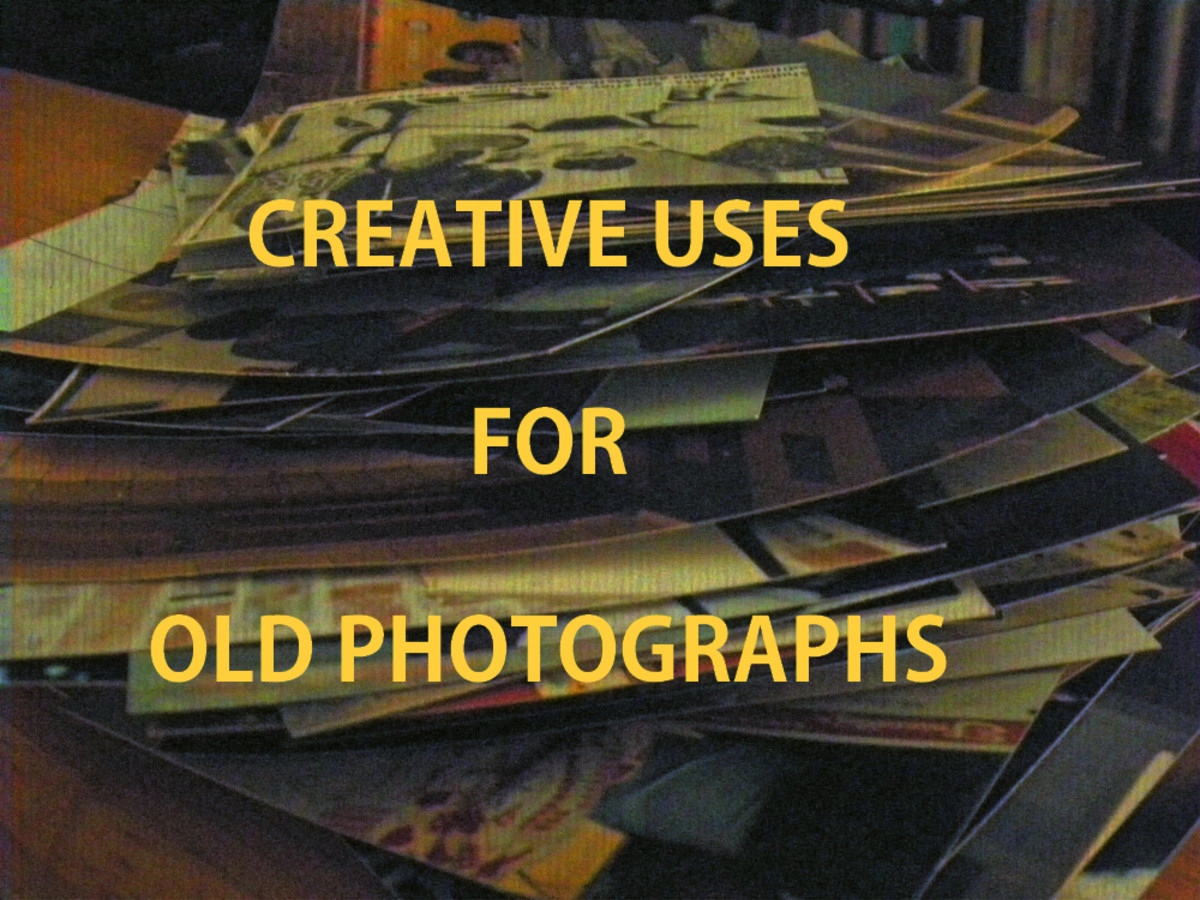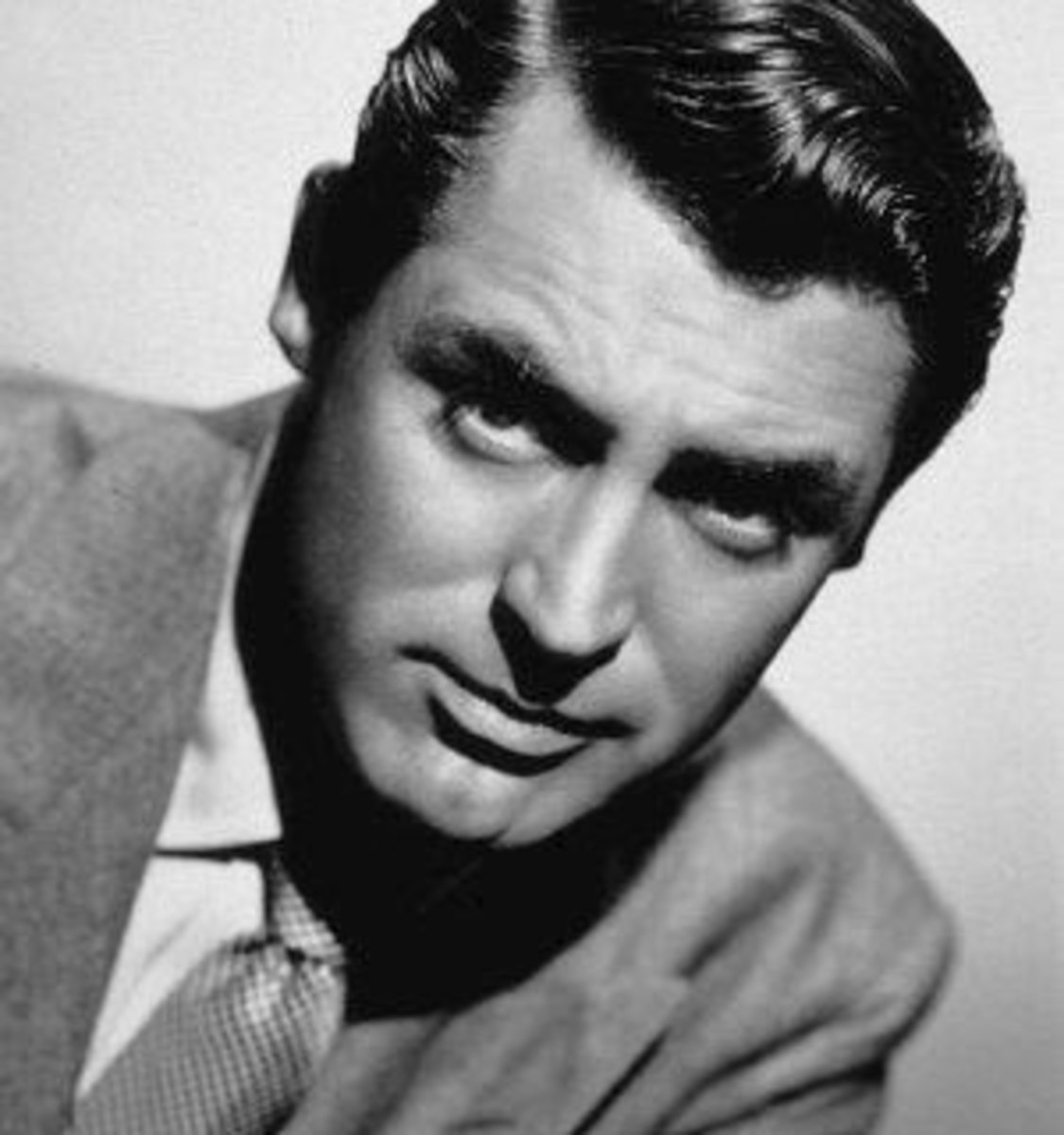The Best Flash For Your Camera
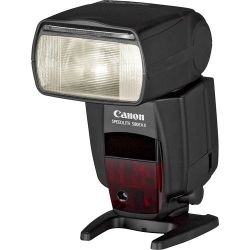
Improve Your Photography in a Flash
Photography is all about light. Good photographers know how to take advantage of, control or bring their own light to their subject. This means that if you are a serious photographer you are going to have to invest in and learn to use a good flash unit.
In this article I will be pointing you toward my favorite Canon flash units because I'm a Canon shooter but, whether you shoot a Canon, a Nikon or any other camera, if you want to improve your photography you will need a good flash so I will be showing some other good brands. Modern flash units are amazing and easy to use but using a flash properly will require some knowledge and practice. There is a lot of technique to good flash photography so it will be worth your time to study and practice. I will be providing resources to help you choose and use your flash equipment. If you already have flash equipment, read on, I think I can link you to resources to help improve your flash photography.
Photo from B&H Photo.
Why Do You Need a "Good" Flash Unit?
Without a good flash unit you are dependent on available light. This limits when and where you can take your pictures. If good light isn't already there you can't take a good picture or you will capture a less than optimum image. If you are satisfied with less than optimum images you don't need a flash. However, if you want to take stand-out pictures in all lighting conditions you will need a flash unit.
What do I mean by a "good" flash unit? Many cameras come with a pop-up flash and there are a number of flash units on the market to choose from. A pop-up or built-in flash is better than nothing but it's far from what I mean by a "good" flash unit. A good flash unit has a fully articulable flash head so it can be pointed in virtually any direction. A straight forward flash is seldom the best option. A second quality of a "good" flash unit is that it must be able to communicate with your camera. With old flash technology when you pressed the shutter release the flash activated and you had to have set the flash and/or camera properly to get a good exposure. Today's state of the art flash technology includes TTL flash-camera coordination. TTL stands for through-the-lens where the flash and camera work together to optimize exposure. The shutter release triggers the flash but the light bounced back through-the-lens is read or metered by the camera which shuts down or turns off the flash when the proper exposure is achieved. This is amazing speed-of-light technology that makes flash photography quick and easy in many circumstances.
Today's high end flash units communicate with your camera and even with other compatible flash units to activate a secondary flash unit when you need it. I am of the opinion that you should save your money and buy, or I should say, "invest" in a "good" flash so you have access to all the modern features that come with it - you will be glad you did.
Canon's Speedlites: 580EX II & 600EX-RT
I was amazed by the performance of the 580EX II and the advances flash photography had made since I last purchased a flash unit. The light control that is available with this unit and the ease of use are wonderful. I was so impressed that I bought a second identical unit so I would use them together when I needed a second light source. BUT WAIT...THERE'S MORE, SEE BELOW:
WOW! Now Canon has come out with the next generation of Speedlites, the 600EX-RT. This amazing unit has built-in radio controls that allow it to control multiple 600EX-RT flash units without expensive and cumbersome additional equipment. Mount one of these on your camera and it will operative multiple off-camera flash units. This is certainly the future of flash equipment for serious and professional photographers. I bought this flash unit...actually I bought two of them so I could operate them in concert. All I can say is WOW! I LOVE THEM!
If you purchase the Canon ST-E3-RT Speedlight Transmitter, you can mount it on your camera and it will operate multiple off-camera 600EX-RT units. Off camera flash is an important technique for portrait, event and a variety of photography situations and being able to easily control your off camera flash units from your camera without dealing with add-on hardware is a great step forward.
Ten Reasons To Buy The Canon Speedlite 580EX II or 600EX-RT
There are a lot more good reasons to invest in a Canon 580EX II or 600EX-RT but this will get you started.
- It has a fully articulabled flash head to facilitate bounce flash
- It has four exposure modes (E-TTL II, E-TTL, TTL & Manual)
- It has quick and easy flash exposure compensation (FEC) to increase or decrease flash output on the fly.
- It has flash exposure lock (FE Lock) to ensure optimum exposure
- It has wireless (optical) TTL flash when triggered by another on-camera 580EX; or when combined with ST-E2. The 600EX-RT adds a radio frequency trigger in addition to the optical trigger so that it can operate multiple flash units without the need for line-of-sightout of line of sight placement.
- It offers flash exposure bracketing (FEB) to ensure you get the perfect exposure
- It has auto-focus assist (AF-assist) to facilitate focus in dim lighting
- It has fast recycling time for multiple flash shots
- The 580EX II has a built in catchlight reflector to add catchlights in portrait photography and the 600EX-RT comes with a color filter holder and two color filters.
- The 580EX II has 14 and the 600EX-RT has 18 custom function settings maximum control of flash
Learning To Use Your Flash Unit
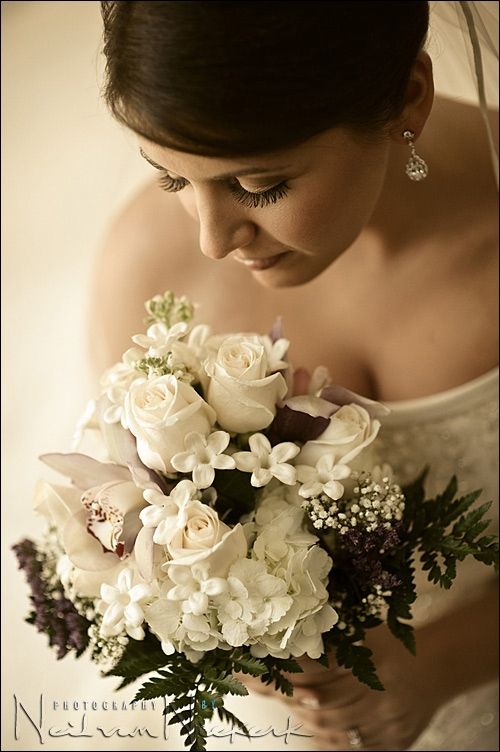
While modern flash systems with TTL or E-TTL have greatly simplified flash photography, there is still a lot to learn to use your flash unit to its full potential. We are all familiar with the traditional flash photograph with people looking like deer in a headlight, the washed-out highlights and distracting sharp shadows. I stayed away from flash photography for a long time because of my dislike of what I perceived as the inevitable flash photograph look. I preferred available light or no photograph at all to the flash-look. With modern flash equipment and some simple techniques, you can take pictures today that nobody would guess was a flash photograph.
Would you ever guess the image above was a flash photograph? It's a photograph by professional photographer Neil van Niekerk. He is an exceptional photographer and absolute wizard when it comes to flash photography. I'm not in his league but I have learned a lot from him. Regardless of what camera or flash unit you are using, Neil is generous with his knowledge and you will greatly benefit by visiting the Tangents area of his website here. Be sure to read the articles you find in the column on the right side of Tangents and check out his "Latest Work" for inspiration.
One Of My Flash Photographs

Above is one of my photographs using my Canon 580EX II and techniques I learned from Neil van Neikerk. It doesn’t look like a flash photograph and that was my objective. The background is digital and you can learn how to do that in one of my Hub articles.
Flash Units Other Than Canon
Neil van Niekerk Demonstrates a Simple Technique With a Great Result
Links To Websites To Help Your Flash Photography
- Neil van Niekerk Tangents
My favorite resource for flash photography - Photo Notes.Org
A helpful resource addressing Canon equipment - Strobist
A great source of information for off camera flash - Canon Info Bank - Flash
A great resource for Canon flash - Photo.Net - Nikon Flashes
A guide to Nikon flash equipment
My Other Articles on HubPages
I have written a number of articles on a wide variety of subjects here on HubPages. You will find information and links to all my articles on my profile page here.

My Fine Art Photography Website
I have a fine art photography website where you can view my diverse photographic interests. I have a gallery dedicated to vintage vehicles and buildings, galleries for landscapes, waterfalls, birds, wildlife, painterly photography and a variety of other specialized subjects. Mount Shasta and various northern California scenes are prominent in many of my galleries. Most of the galleries have background music if you play them as a slideshow. This allows you to kick back and listen to the music as the images flow by. Whether you are looking for some interesting images or looking to purchase some photographic art, I think you will enjoy your visit to Chuck Nelson Photography.
I have applied many of my photographs and digital art to a wide variety of products such as mugs, mouse pads, T-shirts, cards, etc. If you are looking for a one-stop location for unique gifts, be sure to visit my Zazzle website.





